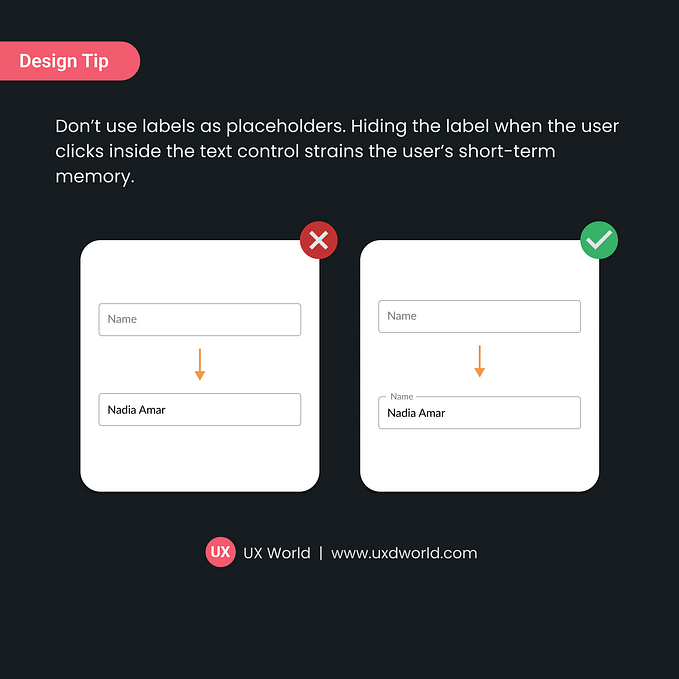Member-only story
WCAG 3.0
A first look at Error Prevention — WCAG 3.0’s newest criterion
In short, don’t make the user guess what kind of input is required.
Background
The Accessibility Guidelines Working Group (AGWG) published a new Working Draft for WCAG 3.0 in December 2021. I have discussed what is new in that draft in a previous article.
Here’s a ridiculously short summary:
- AGWG plans on breaking up WCAG 3.0 into several documents to prevent it from becoming as overwhelming as the current WCAG 2.1 recommendation is.
- AGWG plans on releasing updated Working Drafts every quarter.
- “Error Prevention” was added as an Guideline (WCAG 3.0’s version of a Success Criterion).
- AGWG added User Generated Content as a possible component to Guidelines and may be part of the rating process for individual Guidelines. The Working Draft is not entirely clear on what this will look like with respect to rating.
Error Prevention in WCAG 2.1
In WCAG 2.1, there are two Success Criteria with the name “Error Prevention”.
Success Criterion 3.3.4 Error Prevention (Legal, Financial, Data)
This is a Level AA Criterion. Here is the standard:
For Web pages that cause legal commitments or financial transactions for the user to occur, that modify or delete user-controllable data in data storage systems, or that submit user test responses, at least one of the following is true:
-Reversible: Submissions are reversible.
-Checked: Data entered by the user is checked for input errors and the user is provided an opportunity to correct them.
-Confirmed: A mechanism is available for reviewing, confirming, and correcting information before finalizing the submission.
Here is what the Understanding Success Criterion 3.3.4 document says:
“The intent of this Success Criterion is to help users with disabilities avoid serious consequences as the result of a mistake when…





